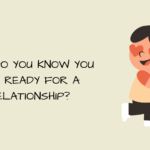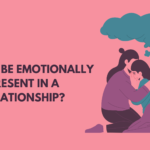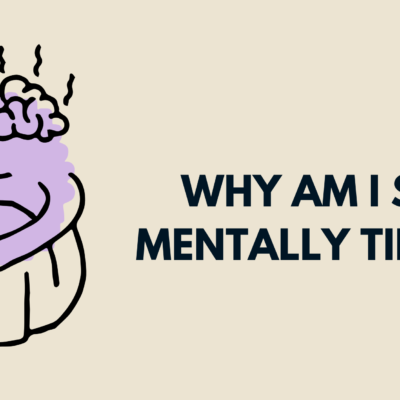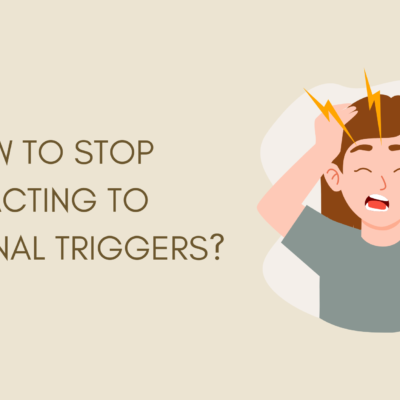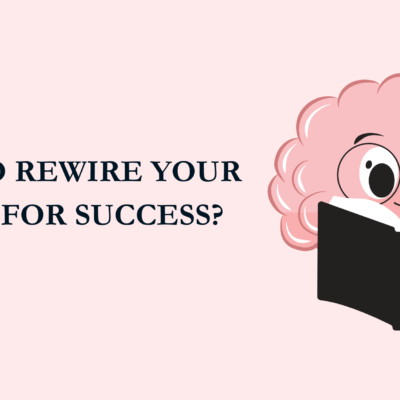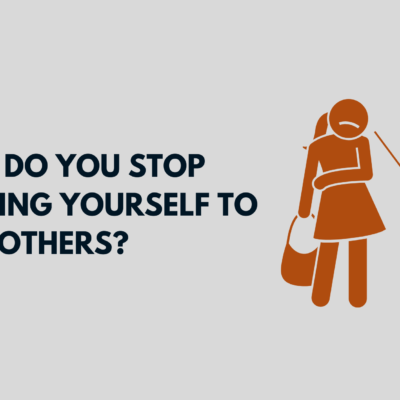How to Process Emotional Pain: Emotional pain is a universal part of the human experience. Whether it comes from heartbreak, loss, betrayal, failure, rejection, or trauma—emotional wounds can feel just as real and raw as physical ones. But unlike physical pain, emotional suffering often gets hidden, dismissed, or misunderstood.
Many of us are taught to move on quickly, stay strong, or distract ourselves. But healing doesn’t happen by ignoring pain—it happens by processing it.
Processing emotional pain means acknowledging it, feeling it, understanding it, and eventually integrating it into your life’s journey in a healthy way. This guide will walk you through how to process emotional pain gently, intentionally, and deeply—so you don’t just survive it, but grow through it.
Also Read:
1. Acknowledge That the Pain Is Real
The first and most essential step is validation.
Emotional pain often becomes more intense when it’s invalidated—by others or by ourselves. We say things like:
- “It’s not that big of a deal.”
- “Other people have it worse.”
- “I should be over this by now.”
But pain doesn’t have a scale. There is no award for suppressing it.
Say to yourself:
- “What I’m feeling is real.”
- “This hurts, and it’s okay to hurt.”
- “I don’t need permission to feel broken.”
Giving yourself this kind of inner permission softens resistance and begins the healing process.
2. Slow Down and Create Space
Emotional pain needs time and space to move through you. But in our fast-paced lives, we often don’t give ourselves that pause.
We fill the emptiness with distractions—social media, work, food, endless noise.
But healing can’t be rushed.
Create intentional space by:
- Taking time off social obligations
- Turning off screens and notifications
- Spending quiet moments alone with your feelings
- Allowing tears, silence, and reflection
Think of it like cleaning a wound. You need to stop, look, breathe, and let it bleed before you can bandage it.
3. Identify What You’re Really Feeling
Many times, what we think is one emotion is actually a combination of deeper ones. For example:
- Anger may be covering sadness.
- Numbness may be shielding fear.
- Guilt may be rooted in unmet grief.
Ask yourself:
- What am I feeling underneath this pain?
- Where do I feel this in my body?
- Is this pain familiar? Have I felt it before in my past?
Name the emotions—grief, shame, regret, jealousy, disappointment, fear. Naming brings clarity. Clarity helps you move forward.
4. Let the Emotion Move Through You
You are not meant to hold pain in forever.
Emotions are energy in motion. When they’re trapped, they create inner turmoil. When they move, they release.
Healthy ways to let pain move:
- Crying: Let tears fall without judgment. Tears are your nervous system discharging emotion.
- Breathwork: Deep, conscious breathing helps regulate your body’s stress response.
- Screaming or releasing anger safely: Into a pillow, in the car, or out in nature.
- Writing: Let yourself write raw, messy, unfiltered thoughts in a journal.
- Movement: Dance, yoga, or even just walking with awareness helps shift stuck energy.
Let your body be part of the healing, not just your mind.
5. Talk About It (When You’re Ready)
Emotional pain can feel isolating—but it doesn’t have to be. You don’t have to share everything, but having even one safe person can lighten the burden.
Who to talk to:
- A trusted friend or family member who listens without judgment
- A therapist or counselor trained in emotional processing
- A support group (in-person or online)
Talking doesn’t erase the pain, but it helps you feel less alone in it. And being heard—truly heard—is one of the most healing experiences we can have.
If no one is available, even voice memos to yourself or writing a letter to someone (even if you never send it) can offer powerful emotional release.
6. Avoid Spiritual or Emotional Bypassing
Sometimes, in the desire to “heal quickly,” we skip straight to affirmations, forgiveness, or positive thinking.
But true healing isn’t about avoiding pain—it’s about going through it.
Examples of bypassing:
- “Everything happens for a reason” (before you’ve grieved the loss)
- “At least it wasn’t worse” (before you’ve acknowledged your hurt)
- “Just focus on the positive” (while ignoring the very real negative)
Instead, try:
- “I trust that something good can come from this, but I still need time to grieve.”
- “I know I’ll get through this, but right now I feel heartbroken—and that’s okay.”
Healing honors both the light and the dark.
7. Understand That Grief Comes in Waves
Emotional pain isn’t linear. It doesn’t follow a schedule.
You might feel better for a few days, then suddenly break down. That’s normal.
You are not “going backwards.” You are cycling through layers of healing.
Like waves in the ocean, some will crash, others will gently rise and fall. All are part of the process.
Give yourself grace when the pain resurfaces. Instead of asking, “Why am I feeling this again?”, ask, “What do I still need to give space to?”
8. Learn from the Pain—But Don’t Rush the Lesson
People often say, “Everything happens for a reason.” And while that may be true eventually, it doesn’t need to be true right now.
Sometimes, the most healing thing you can say is:
- “I don’t know why this happened, but I’m allowed to feel what I feel.”
- “I’m not here to find meaning yet. I’m just here to survive this moment.”
In time, emotional pain can teach:
- What you value most
- Where your boundaries were crossed
- What healing you still need
- What you will no longer tolerate
But let that meaning come naturally, not as a way to rush grief or suppress it.
9. Reconnect with Yourself Through Self-Compassion
Emotional pain can shatter your self-worth. You may blame yourself for what happened or believe you’re weak for being so affected.
Here’s the truth: Feeling pain doesn’t make you broken. It makes you human.
Practice self-compassion by:
- Speaking kindly to yourself
- Taking care of your body (sleep, food, water)
- Giving yourself permission to rest
- Saying, “I’m doing the best I can right now.”
Sometimes, just holding yourself with love—even when you feel unlovable—is the beginning of deep inner repair.
10. Know When to Seek Support
If your emotional pain is overwhelming, constant, or interfering with daily life, it’s okay to ask for professional help.
Signs to seek support:
- You feel stuck in sadness, anxiety, or anger for weeks or months.
- You can’t sleep, eat, or concentrate.
- You’re having thoughts of self-harm or hopelessness.
- You’re using substances or harmful behaviors to cope.
Therapy doesn’t mean you’re weak. It means you’re brave enough to want more for yourself. Healing is not a solo journey—it’s human to need guidance.
11. Rebuild Your Life, Slowly and Gently
Once the sharpest edge of the pain softens, you’ll start to feel moments of calm, clarity, or even joy. These are signs that healing is happening.
Rebuilding doesn’t mean going back to who you were—it means growing into someone wiser, softer, and more in tune with your emotional truth.
Take small steps:
- Reconnect with things that bring you peace
- Create new routines or rituals
- Make space for creativity, spirituality, or expression
- Dream again—but without pressure
Let life become your safe place again.
Conclusion: Emotional Pain Is Not the End—It’s a Passage
Processing emotional pain isn’t about “getting over it.” It’s about moving through it with awareness.
You don’t need to be fixed—you need to be felt. You don’t need to rush forward—you need to rest in truth. You don’t need to pretend—it’s okay to be real.
Every tear, every tremble, every breath you take while feeling your way through pain is a step toward wholeness.
You are not broken. You are becoming.
“Your pain is not a punishment, your healing is not a prize. It is the path back to yourself. Walk it slowly. And know this—you don’t have to do it alone.”

